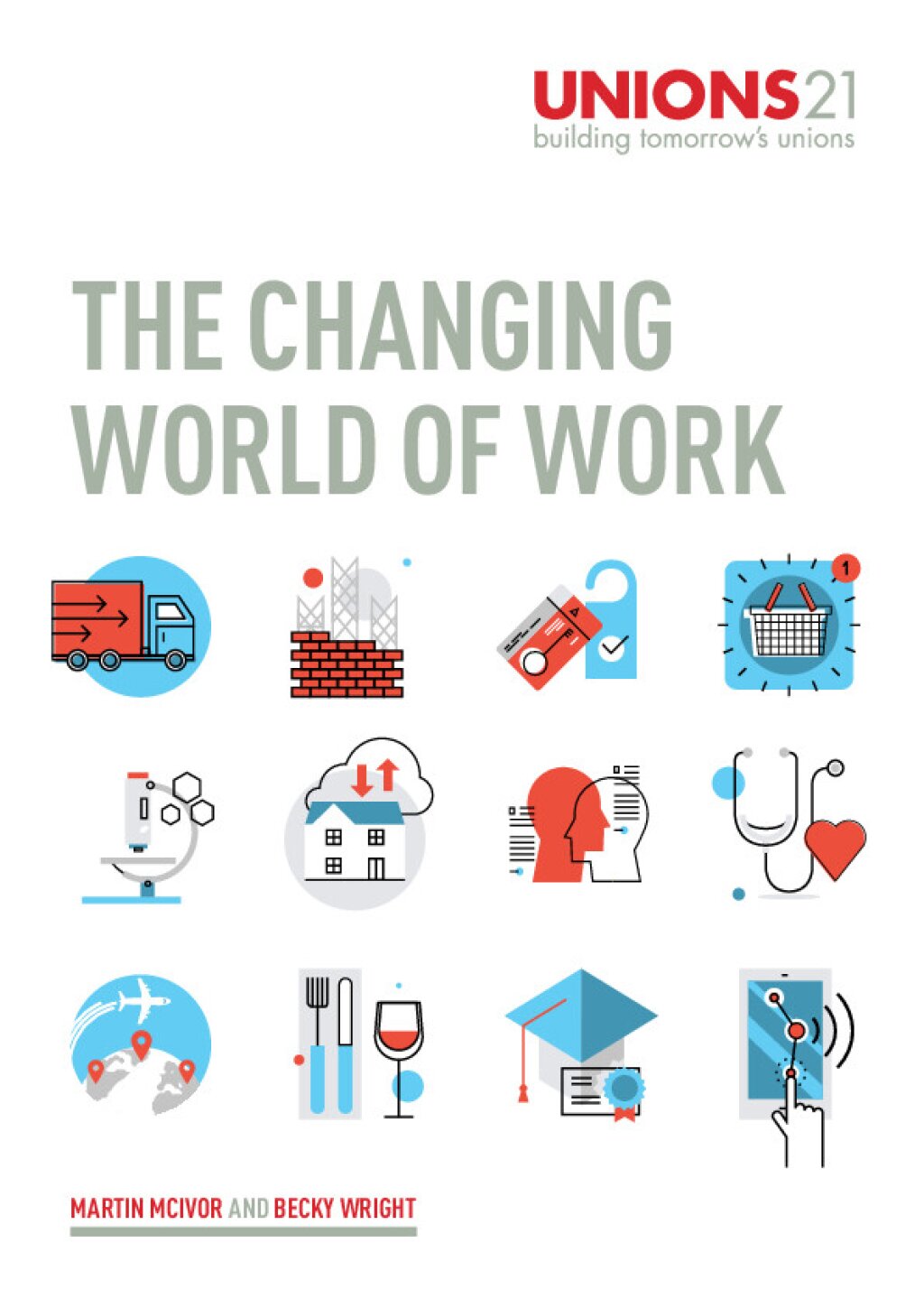By Dave Penman, General Secretary FDA Union | 4 min
Managers in Partnership (MiP) may not be familiar to many, but it’s an organisation that represents more than six thousand senior managers in health and social care. I use the term organisation deliberately, because although Managers in Partnership delivers trade union representation in a traditional sense, it is not a separate legal entity, but instead the result of a unique and ground-breaking partnership between the FDA and Unison.
Launched in 2005, it sought to combine the best of both unions. The industrial muscle and specialist knowledge of the biggest healthcare union Unison, with the unique insight into the needs of senior public sector managers that the FDA has. MiP’s members clearly benefit from this collaboration but so do the partner unions, who through pooling their respective strengths have created a stronger organising model than they could achieve on their own.
Both unions have founding members that were brought together under the MiP umbrella and since its launch it has doubled its membership. It has also firmly established itself as a trusted voice on behalf of healthcare managers, as well as building a strong reputation for high-quality individual support.
Its unique nature, operating as a branch of unison and section of the FDA, essentially means that new members are joining both unions - but what they see and get is MiP in terms of brand and its distinct servicing model.
MiP has a Chief executive - Jon Restell - who as well as running the organisation, is the public advocate for senior managers in both the press and within the NHS trade union community. MiP is free to determine its own policies, separate from the partner unions, but working closely with them. Staff are drawn from both unions and the entire structure was designed to hard wire in collaboration between the partners.
MiP was created because of the recognition that for trade unions, occupational density is critical. Senior managers have unique issues and within healthcare face unique pressures and challenges. An organisation that is set up to exclusively focus on their interests, but with the backing of two of the most significant public sector unions.
It has a joint board which oversees the operation, constructed in a way that ensures no one union partner can dominate. That governance model has allowed MiP to innovate and remain flexible in both its structure and the services it provides, evolving many times over its 16 years of existence.
It is of course not simply the constitution of the board that has kept the partnership project between two unions working so effectively. The spirit of collaboration that help create it has remained, with many committed individuals in both unions ensuring that the spirit of partnership remains.
It does, however, give a vision for how unions could co-operate without the need for merger or resort to competition. MiP benefits both partner unions financially and reputationally. It allows the organisation to focus entirely on the needs of the membership, with most of the back-office functions and responsibilities delivered by the partner unions.
It may well be that as both unions are not seen to be directly competitive, it has made this partnership model easier to maintain, but the lessons for the wider movement are clear: a sharp focus on what members really want from their union; a high-quality experience when they engage and use the services; supporting members at work, whether that’s progressing their career, helping them do their job well or support when they need it; and a real commitment to be flexible and innovate in what we do and how we do it.
The MiP model demonstrates that unions can collaborate formally without the need for all the complexities that mergers bring. Freeing up the operational side to focus on what matters to members has allowed it to grow and evolve unburdened by the inevitable rule book of bureaucracy.



